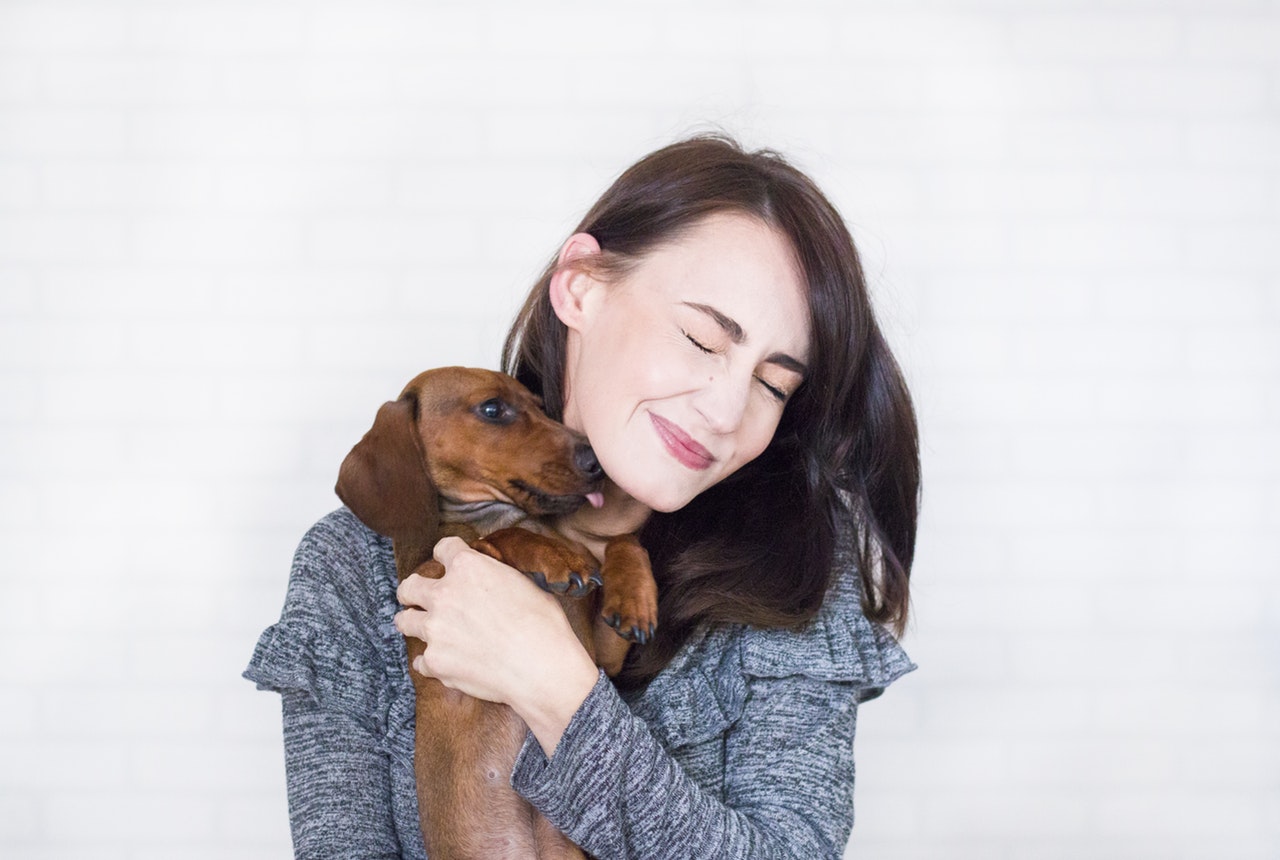2019-04-08

Therapy dogs are the special “staff” in various health facilities and public communities. They help people with different conditions, such as autism and social anxiety. Also, they can only accompany one special owner, even if he is your household dog who has completely undergone training. Studies show that children with autism love to stay with therapy dogs when they have no emotional connection to humans. Therapy dogs open the hearts and minds of people, so more and more people are willing to train their household dogs into therapy dogs.
Therapy dogs need to work in different environments, whether with their exclusive owner or in groups of strangers, such as in hospitals, nursing homes, schools, libraries, and police stations. Therefore, a therapy dog should have the ability to be with people of different personalities and to deal with the situations and emotions of those in need. In other words, they should be good at socializing with people they have never met and can calm them down in special situations. However, if you plan to register your dog as a therapy dog to help a group of people in hospitals and other public facilities, your pup must undergo an official training. The therapy dogs that accompany a family member may, however, undergo training with the owners, and be registered as therapy dogs in organizations. This article introduces you to the personal therapy method that trains a therapy dog to work with you or a family member at home.
Let’s start with the training now!
1. Start with empathy and love
A qualified therapy dog should be sensitive to anyone who does not behave offensively. That means the first thing you need to teach your puppy is love and kindness for everyone. Some of the adult dogs have a bad impression of humans. For example, dogs that have been mistreated by a tall man become aggressive towards other tall men.
It is best if you start to socialize your dog already at puppy age and once all vaccinations have been completed. Introduce him to the people and kids who are kind and polite. Dogs can perceive the love and affection of people and give them back to us unconditionally.
2. Build the trust
The firm trust between a therapy dog and the owner can affect their further life and their mutual relationship. A good way to build trust is to discover the things that you and the dog like to do together, like playing on the dog-friendly beach, going on country walks and playing Frisbee. The happy moment will gradually build a deep bond of trust between you and your pup, which is a cornerstone for the further teamwork that a successful therapy dog needs.
3. Basic commands for training
It is imperative that you train your therapy dog to follow some basic commands such as “sit”, “watch me”, leave it”, “down”, “heel” and “come”. The “real” owner, i.e. the family member who needs the therapy dog, should take part in the therapy dog training with these commands. You could begin with potty training, crate training, leash training, and other obedience training. We can strengthen the relationship by feeding and training the dog every day. Most importantly, remember to bring along lots of treats or other rewards for good behavior in training.

4. Socialize
We should start socializing a dog when he is still a puppy. Make sure you have access to areas where your dog may need to work once he is a therapy dog so he can interact with humans and other animals as well as adapt to the environment. At first, it is best to bring him to the pet store, dog park and other places where he may come in contact with other pets on leashes or other wildlife such as birds. Then take your dogs to other retail outlets, schools with friendly kids and dog-friendly restaurants.
5. Sleep regulation
It is necessary to train a therapy dog to sleep with the family member the dog is responsible for, but this does not mean that he has to sleep in the same bed. You could set up the dog bed in the same room to show your dog that he can share the same spaces.
6. Detect the signs
Since your family member can be attacked at any time by his/her illness or emotional upheaval, it is advisable to hand over your dog as soon as the dog is ready and get the member to give commands to your dog. Over time, your smart dog will recognize the slightest sign that the owner needs his help.